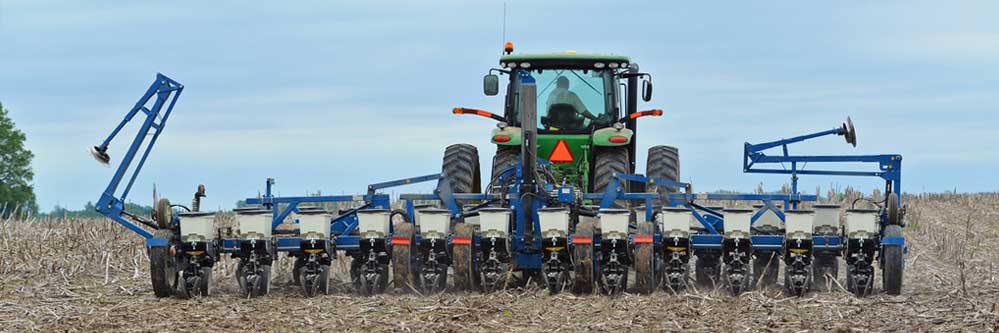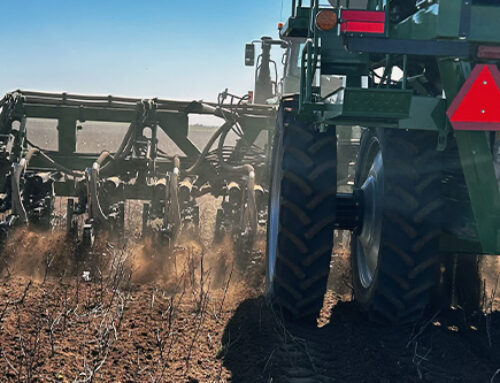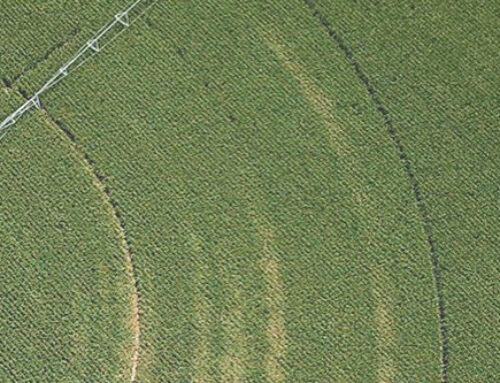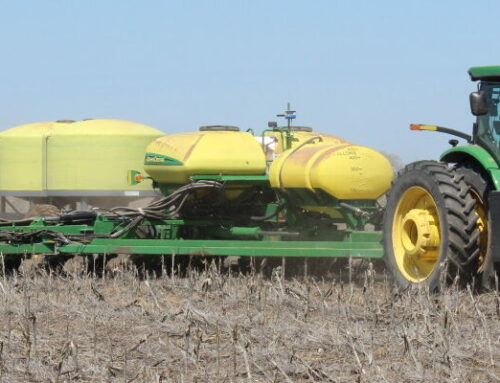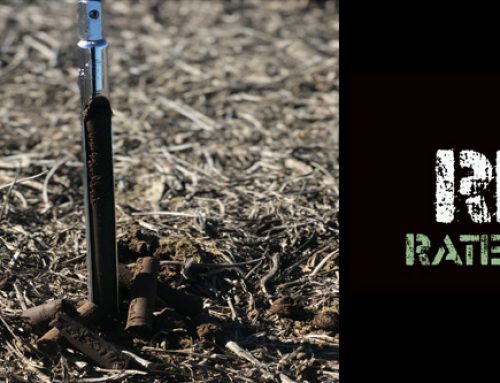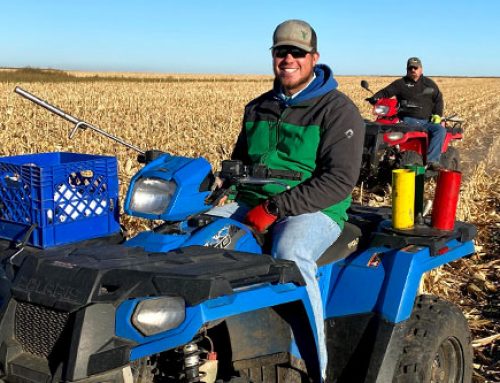Your planter may be smarter than you think! If you were capable of dropping seeds in the field exactly where you would like them, you could expect the plants to respond in a positive way and ultimately maximize yield in that particular spot in the field. Variable rate seeding is a major step to reaching that goal.
Variable rate seeding may or may not reduce overall seed costs. But, that should not necessarily be a primary goal. The better way to look at variable rate seeding would be the placement of seed at the right population in the right place to optimize yield of a given management zone. This should result in increased or more stable yields across that zone, and ultimately across the entire field. If your goal is to use variable rate seeding to make the whole field yield the same in all areas, you will be very disappointed in the results. Variable rate seeding should be looked at as another risk management tool that over time increases production.
Just looking at a yield map from one year of data is not enough information to produce a variable rate seeding prescription. The high yielding areas on a yield map don’t necessarily correspond with the need for higher populations in those areas, and the converse can be true as well.
Our experience shows that every year is a little different. Multiple years of yield data, soil type information, Veris EC (electrical conductivity) data, irrigation capability, etc. need to be part of the equation. The hybrid itself is important. Traits, such as flex or fixed ear, canopy structure and stalk quality can all help determine plant populations for various areas of the field. More and more seed companies are supplying optimum population studies that can aid in determining the population needed to reach your yield goals in those zones.
A good way to start is with multiple years of yield data to produce a layer of normalized yield. An EC layer collected from Veris or an EM (electromagnetic) sled will point out productivity zones. Elevation and slope collected using RTK (Real Time Kinematic) is valuable information as well. This data will help determine management zones and will allow you to determine yield capability within these zones, and in turn come up with proper plant populations for each zone. The net result should be to maximize yield for each determined population.
The total amount of seed used in a field may not be much different than the conventional planting rate across the field. That is determined by the size of the zones and the seeding rate range.Determining whether you are gaining a benefit from variable rate seeding may not be completely obvious. That evaluation can be made by sitting down with your Agronomist, and looking at the maps and evaluating the data. Together, decisions can be made as to whether even more yield is available in each zone, and also determine what other inputs can be applied variably to continue to improve production for each field.
Featuring: Dwight Koops, Craig Koehn, Grant Havel & Farrell Allison
Featured Image: No-Till Planting, United Soybean Board, Flickr.com
